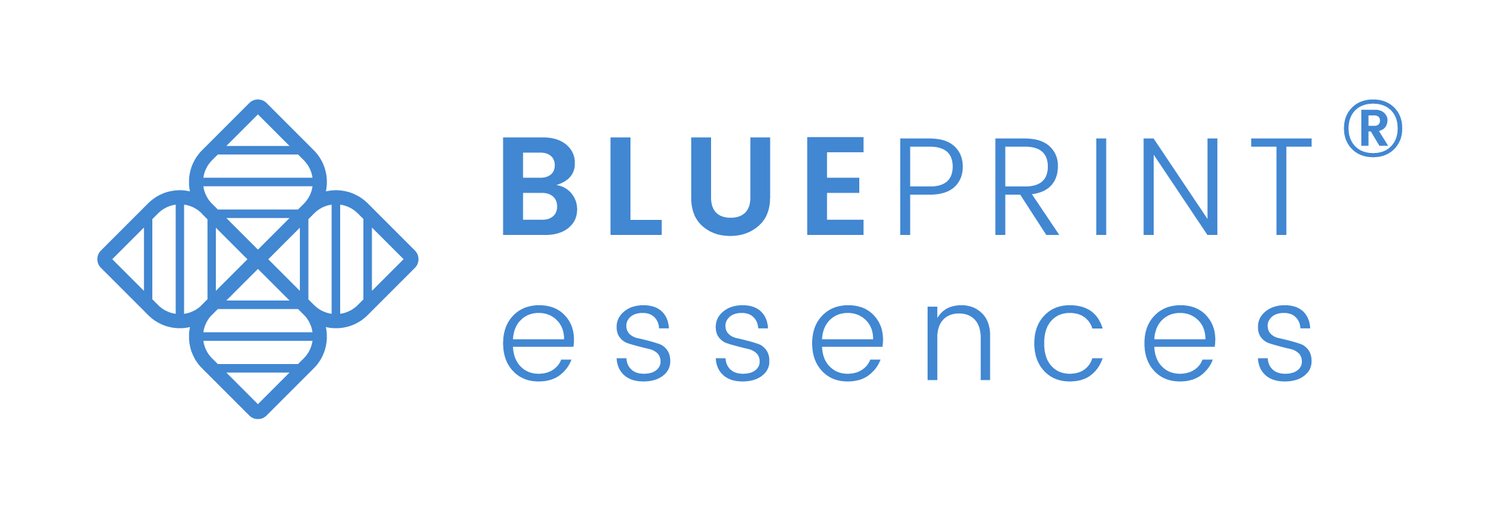Why 8 core chakras?
We have been taught throughout time that there are 7 core chakras - but what if there is a secret “hidden” one, which transforms the power of all of the others?
At Blueprint Essences®, we work with 8 core chakras, and here is the amazing reason why.
To explain the significance of this remarkable shift in our understanding, we need to take you to the writings of Danica Apolline in Nature’s Medicine Code and back in time to Ancient Greece and the work of a brilliant teacher of that era - Pythagoras.
Pythagoras (570-495 BC) was a mathematician who taught this subject as well as several others. In Ancient Greece, subjects that we think of as different in our modern world were understood to all be related, and taught together, so that students could understand the relationship and wisdom in them all. So Pythagoras studied and taught not just mathematics, but also science, music, astronomy, philosophy and mysticism.
He studied the vibration of strings as he plucked them on a string instrument called a lyre. He identified that, when playing a 7 note scale, if he added an extra note - just a little half-note, after the 4th, an octave would be created. The perfect octave generates, as Pythagoras found, a harmonia; a harmony.
If you imagine that each of the chakras can be thought of as a musical scale; a series of different vibrations, which they are, then if we add in an extra-note to generate an octave (and harmonia), where would it be?
If we count up from the first chakra - the base or root chakra - then the second would be the sacral, the third the solar plexus, the fourth the heart. And the half-note after the 4th (called the “musical fifth”) would be the thymus (or higher heart) chakra between the heart and the throat. The thymus is an important chakra, as it is is said to be all about connection - connection with ourselves, connection with others, and connection with the timeline on which all our lifetimes are aligned.
Something else amazing happens when we add in the “musical 5th”. A mathematical ratio is generated which has a value of 1.618. This is ϕ - Phi. Phi is also known as the Golden Mean.
There is something remarkable about this number.
In order to explain this, we will now turn to another great Ancient teacher of mathematics - this time a teacher from Pisa in Italy who lived around 1,000 years ago - Fibonacci.
Fibonacci discovered a sequence - the Fibonacci sequence, where 2 numbers are added together to make the next number in the sequence:
0, 1, 1, 2, 3, 5, 8, 13, 21, 34, 55, 89, 144 and so on.
If you divide one number in the Fibonacci sequence by the number before it, then you get Phi at any point from 89 onwards– or at the smaller numbers, a number very very very close to Phi. The further along the sequence you go, the closer and closer to the exact number of Phi you come.
When these numbers are drawn onto graph paper, with each number representing the size of the square a line is drawn in – so drawing across 1 square, then 1 square, then 2 squares, then 3, then 5, then 8 and so on carrying on using the Fibonacci sequence numbers, they form a pattern – it is a perfect ever growing spiral.
This spiral is called the Golden Spiral. It is a truly remarkable spiral, with the perfect geometric (mathematical) properties of Phi, and – according to composer and scientist Manfred Clynes who measured the vibration of different emotions – the vibration of love. This perfect mathematical spiral can be seen throughout nature, for example:
In the famous nautilus
In the proportions of our ears, how they grow and unfold
The arrangement of faces, in particular the positioning of our mouth and nose along with our eyes and chin
The proportions of the uterus
In the spirals of the DNA
In the growth and unfolding of leaves
The number of petals a flower has
The arrangement of seed heads, for example clearly seen in the sunflower
The way in which branches on trees grow or split
Animal bodies, including starfish, ants, honeybees, and the fins on dolphins
How hurricanes and tornados travel
How currents flow in seas and oceans
In the formation of ice crystals and snowflakes
The Aurora Borealis (Northern Lights)
How planets in our solar system orbit each other as they travel through the galaxy
In how electrons flow around the nucleus of an atom[1]
In how the energy of our chakras flow
The Kabbalistic Tree of Life also maps out the chakras, and recognises that there is an additional 8th chakra, and that it is about connection / disconnection. It is called Daa’rt.
At Blueprint Essences®, we work with the 8 chakra octave, because there is an important relationship with time, balance, harmony and love.
[1] Winter,D, Donavan, B., and Jones, M. (2012) Compressions, The Hydrogen Atom and Phase Conjugation
Source: Nature’s Medicine Code (2018) by Danica Apolline
© Danica Apolline 2011, 2018, 2022


